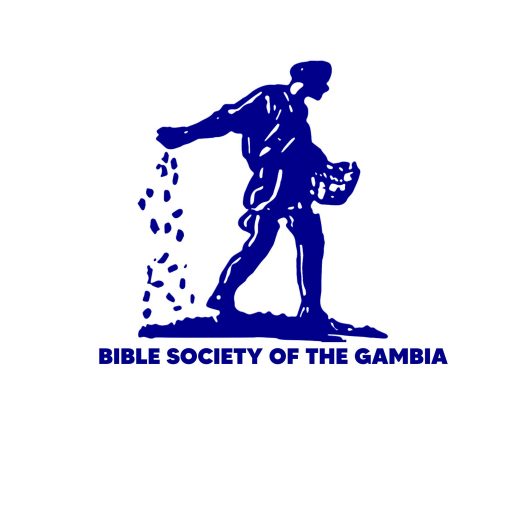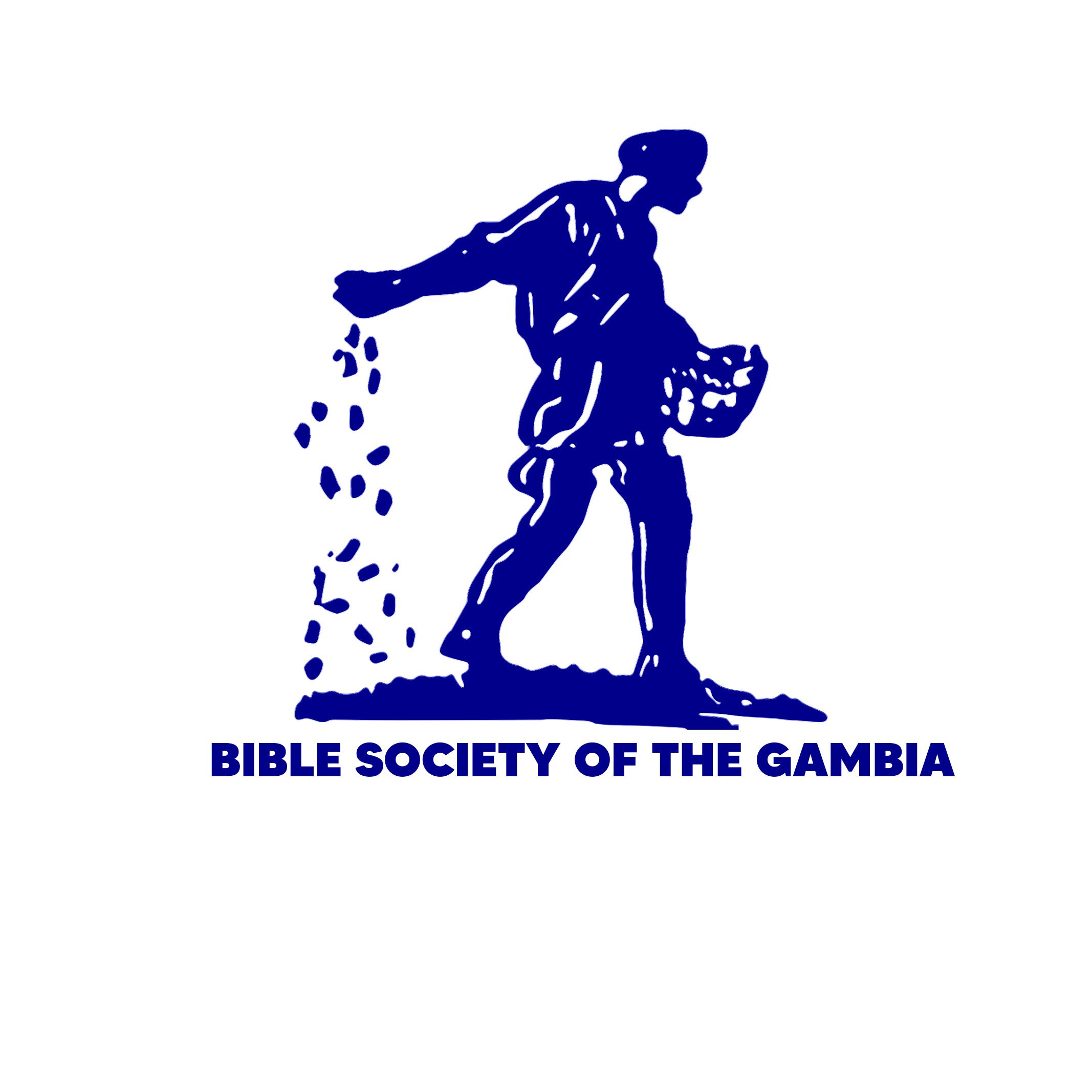The Descendants of Noah's Sons
(1 Chronicles 1.5-23)1 These are the descendants of Noah's sons, Shem, Ham, and Japheth. These three had sons after the flood.
2 The sons of Japheth—Gomer, Magog, Madai, Javan, Tubal, Meshech, and Tiras—were the ancestors of the peoples who bear their names. 3 The descendants of Gomer were the people of Ashkenaz, Riphath, and Togarmah. 4 The descendants of Javan were the people of Elishah, Spain, Cyprus, and Rhodes; 5 they were the ancestors of the people who live along the coast and on the islands. These are the descendants of Japheth, living in their different tribes and countries, each group speaking its own language.
6 The sons of Ham—Cush, Egypt, Libya, and Canaan—were the ancestors of the peoples who bear their names. 7 The descendants of Cush were the people of Seba, Havilah, Sabtah, Raamah, and Sabteca. The descendants of Raamah were the people of Sheba and Dedan. 8 Cush had a son named Nimrod, who became the world's first great conqueror. 9 By the Lord's help he was a great hunter, and that is why people say, “May the Lord make you as great a hunter as Nimrod!” 10 At first his kingdom included Babylon, Erech, and Accad, all three of them in Babylonia. 11 From that land he went to Assyria and built the cities of Nineveh, Rehoboth Ir, Calah, 12 and Resen, which is between Nineveh and the great city of Calah.
13 The descendants of Egypt were the people of Lydia, Anam, Lehab, Naphtuh, 14 Pathrus, Casluh, and of Crete, from whom the Philistines are descended.
15 Canaan's sons—Sidon, the oldest, and Heth—were the ancestors of the peoples who bear their names. 16 Canaan was also the ancestor of the Jebusites, the Amorites, the Girgashites, 17 the Hivites, the Arkites, the Sinites, 18 the Arvadites, the Zemarites, and the Hamathites. The different tribes of the Canaanites spread out, 19 until the Canaanite borders reached from Sidon southward to Gerar near Gaza, and eastward to Sodom, Gomorrah, Admah, and Zeboiim near Lasha. 20 These are the descendants of Ham, living in their different tribes and countries, each group speaking its own language.
21 Shem, the older brother of Japheth, was the ancestor of all the Hebrews. 22 Shem's sons—Elam, Asshur, Arpachshad, Lud, and Aram—were the ancestors of the peoples who bear their names. 23 The descendants of Aram were the people of Uz, Hul, Gether, and Meshek. 24 Arpachshad was the father of Shelah, who was the father of Eber. 25 Eber had two sons: one was named Peleg, because during his time the people of the world were divided; and the other was named Joktan. 26 The descendants of Joktan were the people of Almodad, Sheleph, Hazarmaveth, Jerah, 27 Hadoram, Uzal, Diklah, 28 Obal, Abimael, Sheba, 29 Ophir, Havilah, and Jobab. All of them were descended from Joktan. 30 The land in which they lived extended from Mesha to Sephar in the eastern hill country. 31 These are the descendants of Shem, living in their different tribes and countries, each group speaking its own language.
32 All these peoples are the descendants of Noah, nation by nation, according to their different lines of descent. After the flood all the nations of the earth were descended from the sons of Noah.
Nuha dinkewolu koomalankoolu
(1 Taarika 1:5-23)1 Ñinnu le mu Nuha dinkee saboo Semu, Hamu, aniŋ Yafeti koomalankoolu ti, diŋolu mennu bota ì bala, kabiriŋ waamoo tambita.
2 Yafeti dinkewolu, wolu le mu: Komeri, Makooki, Madayi, Yawani, Tubali, Meseki aniŋ Tirasi. 3 Komeri dinkewolu, wolu le mu: Asikenasi, Rifati aniŋ Tokarima. 4 Yawani dinkewolu, wolu le mu: Elisa, Tarisi, Kitimu aniŋ Rodanimu. 5 Yafeti ñiŋ koomalankoolu, wolu tarata sabatiriŋ baadaa borindoolu le la, aniŋ baajooyoolu to. Ì naata ke siyolu ti, sii-wo-sii, a bee be sabatiriŋ a fansuŋ bankoo le kaŋ, ka bo kaabiila ka taa kaabiila. Aduŋ ì siyolu bee niŋ ì fansuŋ kaŋo le fanaa mu.
6 Hamu dinkewolu, wolu le mu: Kusi ti, Misira, Puti aniŋ Kanaani. 7 Kusi dinkewolu, wolu le mu Seba ti, Hawila, Sabuta, Raama aniŋ Sabuteka. Raama dinkewolu, wolu le mu Seba ti aniŋ Dedani.
8 Kusi mu Nimurodi faamaa le ti. Ate Nimurodi le keta moo foloo ti duniyaa kono ka ke kelejawara baa ti. 9 A keta deemalaa baa le ti, Yaawe* ñaa koto. Wo kamma la moolu ka a fo ko, “A ka munta le Nimurodi, meŋ mu deemalaa baa ti Yaawe ñaa koto.” 10 Foloo-foloo, ñiŋ saatewolu tarata a la mansamarali bankoo le kaŋ: Babeli, Ereki, Akadi aniŋ Kaline, meŋ be Sinari bankoo kaŋ. 11 Kabiriŋ a bota ñiŋ bankoo kaŋ ne mu, a taata Asuri. Bituŋ jee le mu, a ye ñiŋ saatewolu loo: Ninewe, Rehoboti-Iri aniŋ Kalaki. 12 A ye Reseni fanaa loo Ninewe saatee baa niŋ Kalaki teema.
13 Misira, wo le mu ñiŋ moolu bonsuŋo ti: Ludinkoolu, Anamunkoolu, Lehabunkoolu, Nafutunkoolu, 14 Patirusinkoolu, Kasilunkoolu, aniŋ Kafutorinkoolu, Filisitinkoolu bota mennu bala.
15 Kanaani dinkee foloo mu Sidoni le ti, aniŋ Heti. 16 Ate le fanaa mu ñiŋ moolu bonsuŋo ti: Yebusinkoolu, Amorinkoolu, Kirikasinkoolu, 17 Hiwinkoolu, Arikinkoolu, Sininkoolu, 18 Ariwadinkoolu, Semarinkoolu aniŋ Hamatinkoolu. Bari labaŋo la, Kanaani kaabiiloolu naata janjaŋ ne. 19 Kanaaninkoolu la bankoo taata le ka bo Sidoni maraa la, ka taa fo Kerari aniŋ Kaasa bulubaa la, aniŋ ka taa tilibo maafaŋo to la fo Sodomu, Komora, Aduma, Seboyimu aniŋ Lasa.
20 Ñinnu bee mu Hamu koomalankoolu le ti. Ì naata ke siyolu ti, sii-wo-sii, a bee be sabatiriŋ a fansuŋ bankoo le kaŋ, ka bo kaabiila ka taa kaabiila. Aduŋ ì bee niŋ ì fansuŋ kaŋo le fanaa mu.
21 Semu meŋ mu Yafeti kotoo keebaa ti, fanaa ye diŋolu soto le. Ate le mu Eberi koomalankoolu bee bonsuŋo ti. 22 Ñinnu le mu Semu dinkewolu ti: Elamu, Asuri, Aripakisadi, Ludi aniŋ Aramu. 23 Ñinnu le mu Aramu dinkewolu ti: Usi, Huli, Keteri aniŋ Masi. 24 Aripakisadi, wo le ye Sela wuluu. Sela, wo ye Eberi wuluu. 25 Eberi, wo ye dinkee fula le soto. Doo too mu Peleki le ti. Ate le tiloo la, duniyaa moolu janjanta. Doo, wo too mu Yokitani le ti. 26 Yokitani, ate le ye ñiŋ moolu wuluu: Alimodadi, Selefu, Hasarimaweti, Yera, 27 Hadoramu, Usali, Dikila, 28 Obali, Abimayeli, Seba, 29 Ofiri, Hawila aniŋ Yobabu. Ñinnu bee mu Yokitani koomalankoolu le ti. 30 Ì sabatidulaalu taata le ka bo Mesa, ka taa fo Sefari, fo ka taa bula konkotundoo* to la tilibo karoo la.
31 Ñinnu bee mu Semu koomalankoolu le ti. Ì keta siyolu ti, sii-wo-sii, a bee be a fansuŋ bankoo le kaŋ, ka bo kaabiila ka taa kaabiila. Aduŋ ì bee niŋ ì fansuŋ kaŋo le fanaa mu.
32 Ñinnu bee mu Nuha koomalankoolu le ti, ka bo sii ka taa sii, ko ì la kaabiiloolu be ñaameŋ. Duniyaa moolu bee bota Nuha dinkewolu le bala, Tuufaani Waamoo koolaa.

